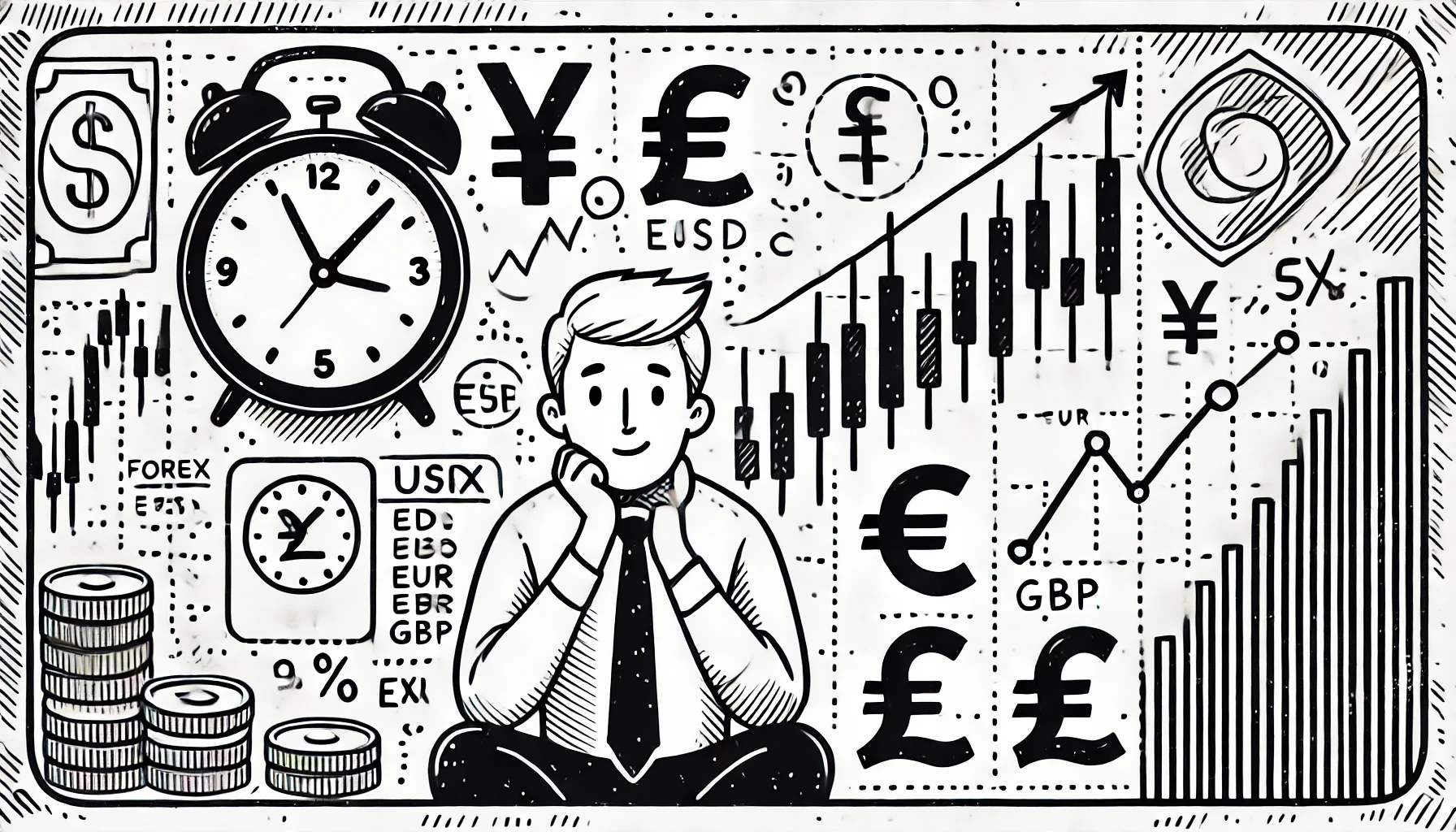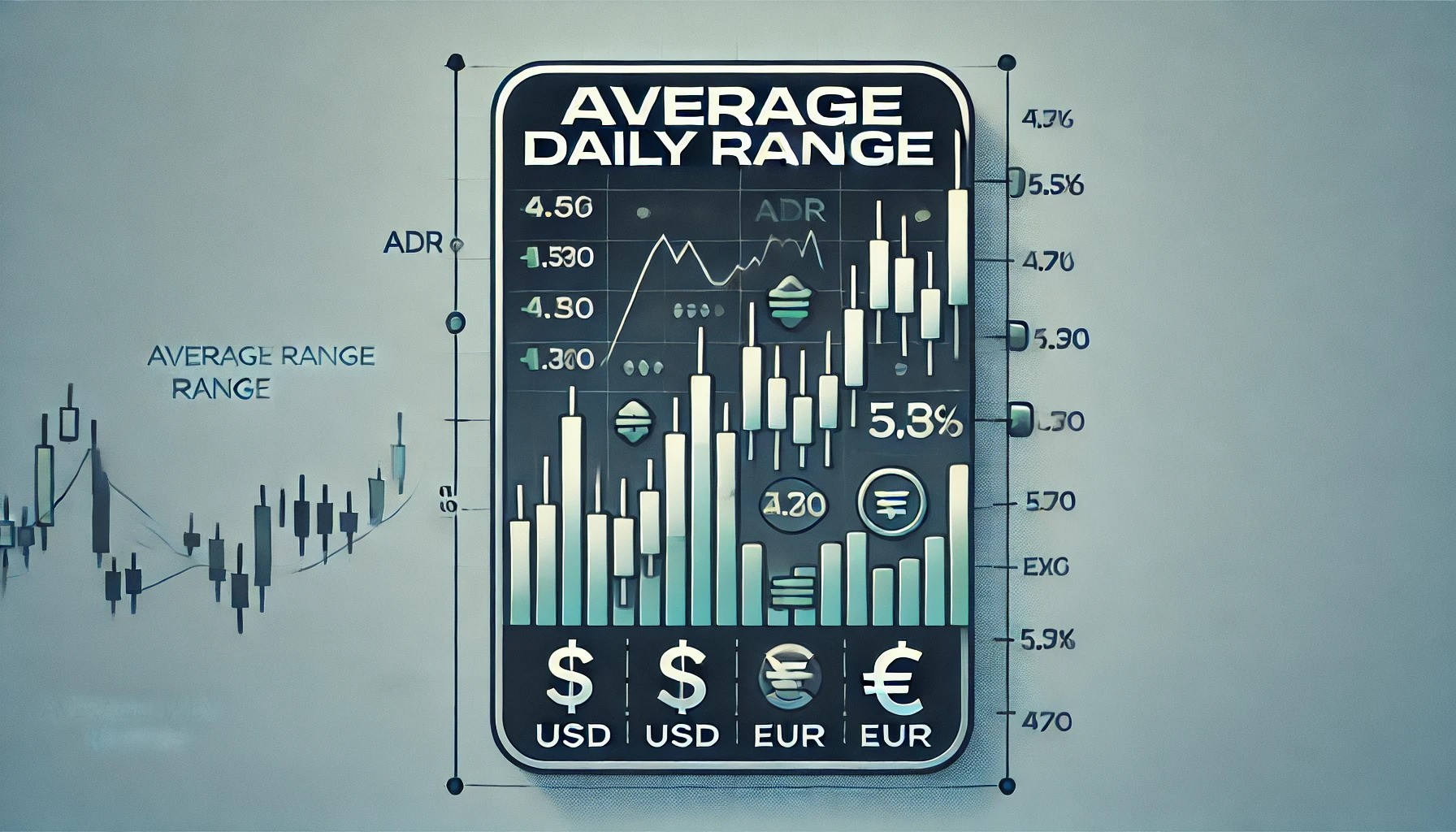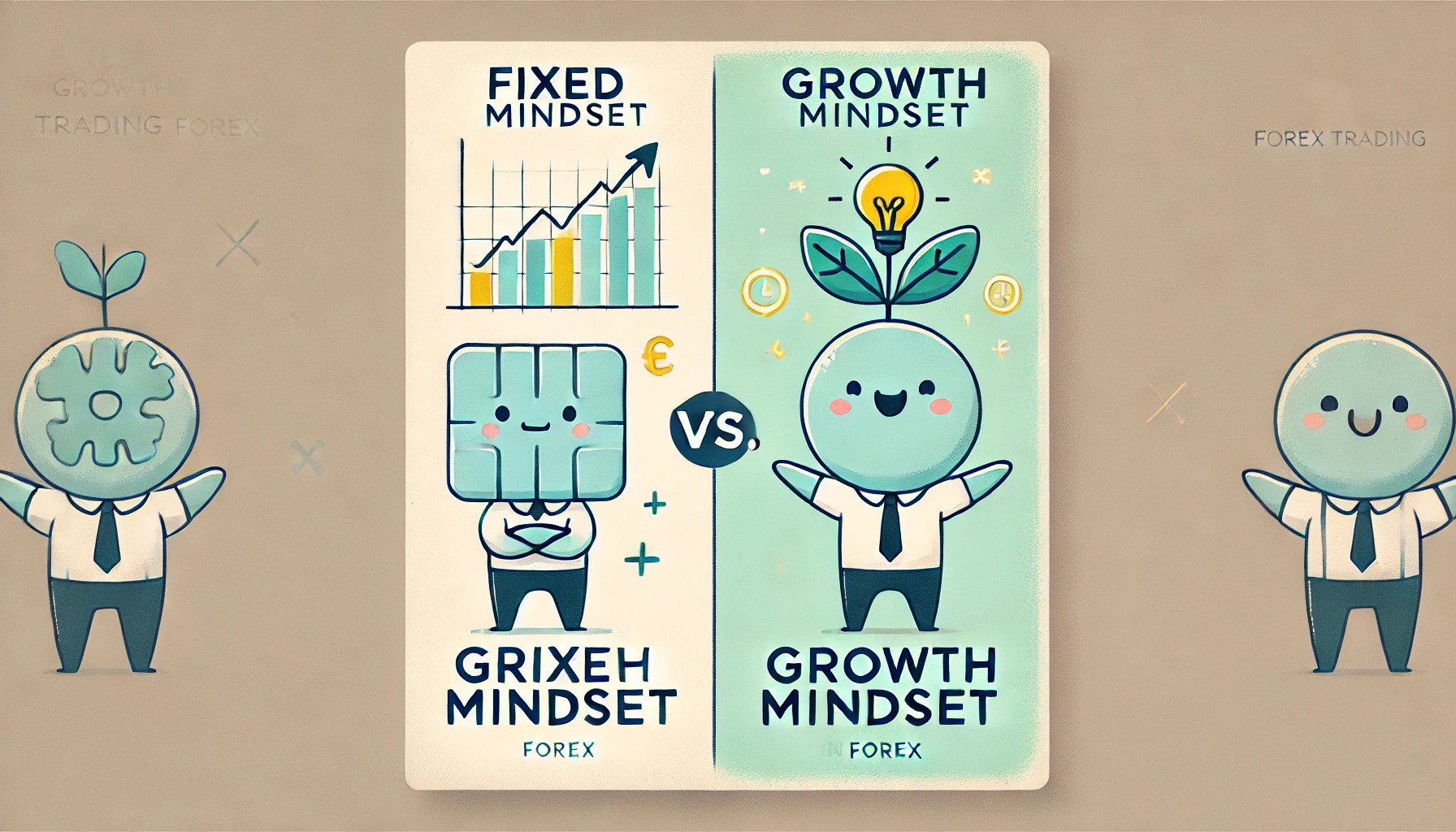Table of Contents
Gold, the dazzling metal that’s always in style, is a hot pick for traders. But figuring out when to buy or sell this shiny asset can be tricky. That’s where gold signals come in – they’re like helpful tips suggesting the best moments to jump into the gold market or get out. But are these signals all they’re cracked up to be? Let’s explore what gold signals are and how you can use them smartly. While many things can affect how much gold costs, there are four special signals traders watch closely. These “Golden Signals” are like secret messages that help you understand what’s going on in the gold market.
What are Gold Signals?
Imagine you have a friend who’s good at guessing what movies will be blockbusters. Gold signals are kind of like that, but for gold! They’re hints from experts or fancy computer programs that suggest when gold prices might go up or down. These tips can be based on things like how the price has moved in the past, squiggly lines on charts, and even what’s going on in the economy.
Gold signals can be shiny tools, but using them well takes practice. Here’s how to train yourself without going for the gold (and risking real money) right away:
1. Play Pretend Trading:
Imagine you have a fake account with play money. This lets you try out gold signals without any danger. See how the signals you follow perform and if they help you “win” your pretend trades.
2. Make a Battle Plan:
Before you follow any signals, decide how much you’re willing to risk, when to buy and sell, and how much gold to buy at once. This plan keeps you on track and avoids rash decisions.
3. Small Steps, Big Wins:
When you start trading for real, don’t go all in right away. Buy smaller amounts of gold until you feel comfortable using signals. As you get better, you can buy more.
4. Patience is Key:
Learning to trade gold well takes time, just like learning anything new. Don’t get discouraged if you don’t become a gold master overnight. Keep practicing, changing your plans as needed, and learning from your mistakes.
GOLD EA: Forget Day Trading, for more information, click here.
gold signals: Spotting Hints in the Gold Market.
- Find a signal provider with a good reputation, not someone promising impossible riches.
- Be skeptical of anyone who says they can’t lose.
- Don’t chase every single signal – wait for the ones that seem most likely to work.
- Remember, even with signals, trading can be risky, and losses happen.
By following these steps, you can train yourself to use gold signals more confidently and potentially make smarter choices when trading gold.
Let KRAITOS Maximize Your Returns
Gold Signals Decoded: Unveiling the Secrets of the Market. Unlock Hidden Profits: Golden Signals – Your Key to Trading Success.
Finding Your Gold Signals.
The internet is full of places offering gold signals, from free online chatrooms to services you pay for. Here’s what to consider when picking your advisor:
- Track Record: Look for someone who’s given good hints in the past. Don’t be fooled by promises that sound too good to be true!
- Open Book: Make sure you understand how they come up with their signals. What are they looking at to make their guesses?
- Free vs. Fee: Free signals are tempting, but paid services might give you more details and help.
If you want to know more about dtm meaning, check this article.
Using Gold Signals the Smart Way.
Remember, gold signals are just friendly suggestions, not magic formulas. Here are some key points to keep in mind:
- Do Your Homework: Don’t just follow someone else’s hunch. Research the gold market yourself and see if their hint makes sense.
- Play it Safe: Always have a plan to limit your losses, no matter what the signal says.
- Double Check: Think of the signal as a thumbs up for your ideas, not the only reason to buy or sell.
Decoding the Details: Golden Signals Unveiled.
Here’s the information on Golden Signals explained:
- More Than the Main Four: While the key Golden Signals are speed, buying and selling activity (traffic), trade mess-ups (errors), and system, some traders look at extra things like how many buy and sell orders are waiting at different prices (order book depth) or how much the price jumps around (volatility).
- Quick Trades vs. Long Holds: Golden Signals are best for short-term decisions, like figuring out when to buy or sell within minutes, hours, or even just a day. They might not be as helpful for long-term plans to invest in gold based on how the market is generally doing (fundamental analysis).
- Golden Signals Your Way: Traders can adjust Golden Signals to how they like to trade and how much risk they’re comfortable with. For instance, someone who buys and sells quickly (day trader) might care most about speed and lots of buying and selling. But someone who buys and holds for a while (swing trader) might be more worried about messed-up trades and systems getting overloaded.
- Golden Signals and Auto-Trading: Fancy computer programs (algorithms) can be set up to watch Golden Signals and automatically buy or sell gold based on certain rules. This can be helpful to catch quick opportunities, but it’s super important to have strong safeguards in place to avoid losing too much money.
- Golden Signals Aren’t Perfect: Remember, Golden Signals aren’t magic. Surprises, sudden changes in how people feel about the market (sentiment), or outside events can still make gold prices move in unexpected ways. Golden Signals are just one tool a trader can use, not the only thing to decide what to do.
Golden signals: 4 Clues to Spot Market Moves.
Let’s break them down:
- Gold Price Speed: Imagine a store checkout. If lines move fast, that’s good! In the gold market, this speed is called “latency.” Low latency means prices react quickly to buying and selling, which is ideal. Slow or bumpy price changes might signal problems.
- Trading Buzz: This is simply how much gold is being bought and sold. If there’s a lot of activity, it’s like a busy marketplace – more people interested could push prices up. On the flip side, a quiet market might mean prices are ready to dip.
- Trade Mumbles: Sometimes, trades don’t go through smoothly. This “error rate” is like hiccups in the system. Lots of hiccups could signal tech issues or a shaky market, which might make prices jump around.
- Busy Bees Behind the Scenes: Imagine a computer overloaded with work. In the gold market, that’s called “resource saturation.” If the systems handling trades get slammed, things can slow down and errors might pop up, affecting prices.
By keeping an eye on these Golden Signals, traders can get a feel for the gold market’s mood. If all four signs are positive (prices react quickly, there’s lots of buying and selling, trades go through smoothly, and systems can handle the load), it might be a good time to buy or hold onto gold. But if things are looking shaky, it might be wise to sell or wait for a better moment to jump in.
Remember, these Golden Hints are just clues, not magic answers. Always do your research before making any trades!
Don’t Miss Out!
Market Crash Imminent? Learn How to Profit Your Trading.

The bottom line:
Gold signals can be a handy tool for traders, but use them with care. By understanding the different types of signals, picking your advisor wisely, and doing your research, you can use these hints to potentially make better choices when trading gold.
Trump’s Tariffs on Mexico and Canada: How They Could Impact
Introduction Trade policies and tariffs play a significant role in shaping global economies, and their effects often ripple through financial markets,…
Delayed Gratification – The Power of Practicing It
Delayed gratification is the practice of resisting the temptation for an immediate reward in favor of a larger, more enduring…
DXY – The First Quarter of 2025: Ideas and Potentials
The U.S. Dollar Index (DXY) is one of the most critical indicators in global financial markets. It reflects the value…
What Does the Trump Presidency Mean for Forex Trading?
The Trump presidency, characterized by its unconventional policies and rhetoric, had profound implications for global financial markets. Forex trading, being…
Average Daily Range (ADR) in Forex Trading
The Average Daily Range (ADR) is one of the most popular metrics in Forex trading, offering traders valuable insights into…
Fixed vs. Growth Mindset in Forex Trading
Forex trading, often considered one of the most challenging financial markets, requires more than just technical analysis and market knowledge….










